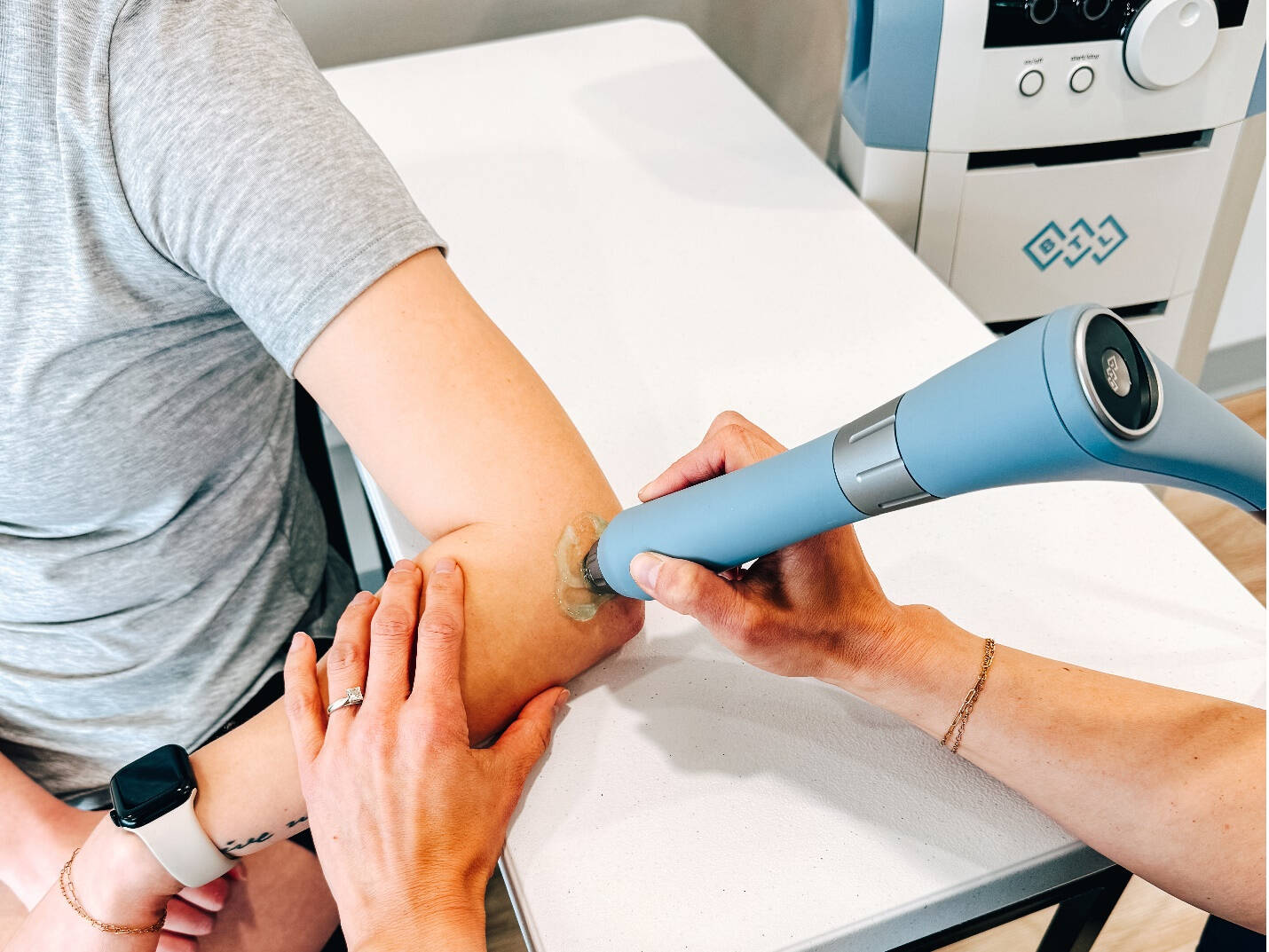Shockwave therapy is a non-invasive treatment that stimulates the body’s natural healing process. It can relieve pain and promote healing of injured tendons, ligaments, and other soft tissues. It accomplishes this by releasing growth factors in the injured tissue.
Common Conditions Treated:- Plantar fasciitis
- Calcific tendinitis
- Chronic tendinopathies
- Bursitis
- Frozen shoulder
- Muscle trigger points
Shockwave therapy, also known as Extracorporeal Shockwave Therapy (ESWT), is a non-invasive medical treatment that utilizes high-energy acoustic waves to stimulate healing in injured tissues. Originally developed to break up kidney stones without surgery, shockwave therapy has evolved to become a versatile tool in rehabilitation and orthopedic medicine. It is commonly used to treat musculoskeletal conditions such as plantar fasciitis, tendonitis, and calcific tendonitis, as well as certain bone disorders.
The treatment can also promote healing after orthopedic surgery — for instance, if a hip impingement has damaged tendons and ligaments around the hip. Surgery may correct the hip impingement, but after years of overworking and degeneration because of the impingement, the surrounding tendons often remain painful. Shockwave therapy can be used to address this secondary issue.
Therapeutic Effects of Shockwave include:
- Tissue Regeneration
- Elimination of calcification
- Pain relief
- Muscle relaxation
- Reversal of chronic inflammation
Shockwave therapy works by generating acoustic waves that are directed at the affected area, triggering biological responses that promote tissue regeneration, increased blood flow, and pain relief. Shockwave therapy offers a safe, effective alternative for patients seeking relief from chronic pain and limited mobility, with minimal risk of side effects or downtime.
Patients may report some discomfort during shockwave therapy, but most do not find it painful. The amount of discomfort depends in part on the person, their injury, and whether the damaged tissues are close to a bone. (Treatments delivered closer to a bone are generally more uncomfortable.) As soon as the treatment is over, the discomfort typically stops. Treatments can take anywhere from 10-15 minutes, depending on the injury, and is usually administered, at most, once a week. You will be reassessed before each treatment to determine


